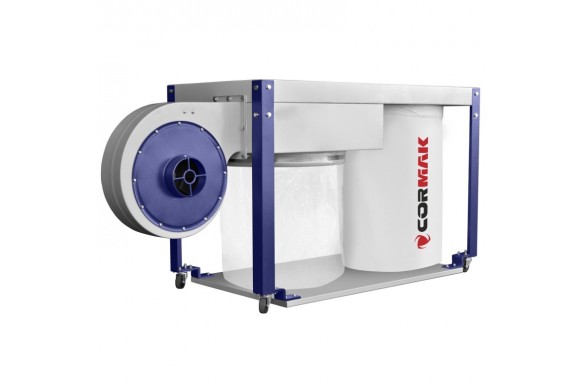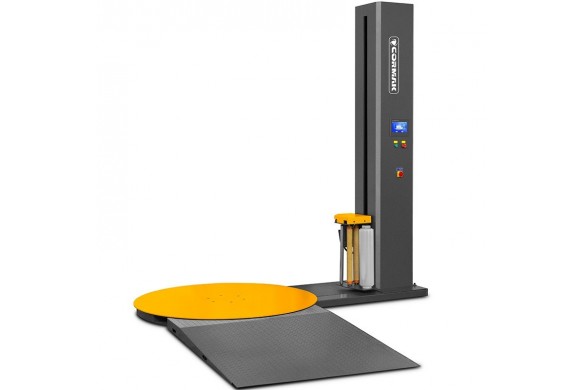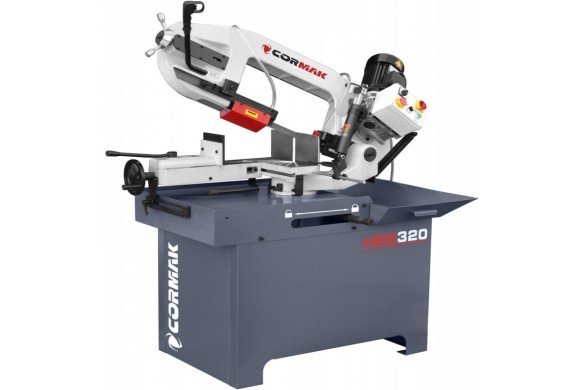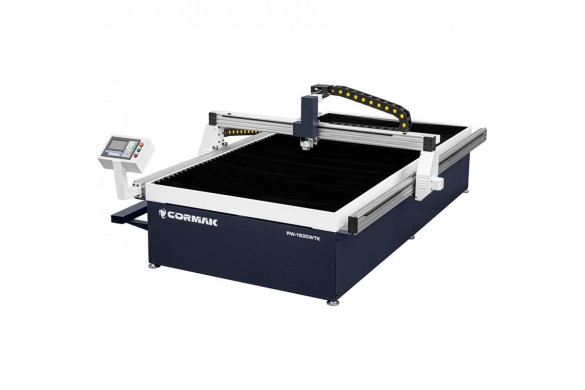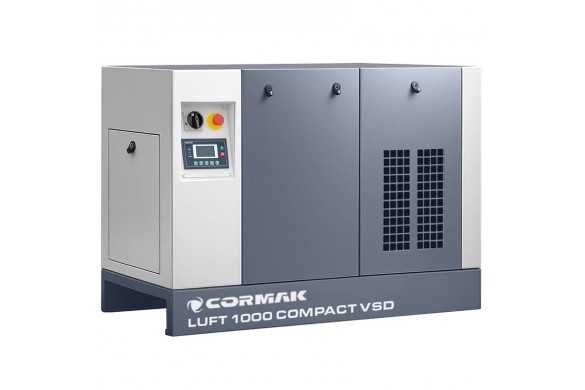CNC Turning on Lathes. Key Parameters of the Turning Process

Table of contents:
- What is CNC turning?
- Basic turning parameters
- Technological turning parameters
- How to choose the right CNC lathe?
- Summary
What is CNC turning?
CNC turning – what is it? It is a machining process in which the material (usually metal) is machined using cutting tools such as turning tools. This process takes place on computer numerically controlled lathes (CNC), which enable precise and repeatable production of parts with complex shapes. CNC lathes, thanks to modern control systems, can perform machining in multiple axes simultaneously, ensuring high accuracy and reducing production time.
Basic turning parameters
Turning parameters are crucial for achieving the desired product quality and production efficiency. The most important are:
- Cutting speed (vc) – the speed at which the cutting tool moves relative to the workpiece. The choice depends on the type of material, hardness, and other properties. Cutting speed affects surface quality and tool life.
- Feed (f) – the distance the tool moves relative to the material in one cycle. Feed influences cutting depth and machining time. For better surface quality, feed should not be too high.
- Depth of cut (ap) – defines how much material is removed in one pass. Too large depth can damage the tool or reduce precision.
Technological turning parameters
Technological turning parameters are closely related to the material and technological requirements. These include:
- Material hardness – affects tool choice and cutting speed. Hard materials require special tools and lower cutting speeds.
- Type of cutting tool – various geometries such as turning tools, drills, or mills depending on the shape of the required part.
- Cooling – turning requires coolant to reduce tool temperature, improve quality, and extend tool life.
- Workpiece material – turning parameters depend on physical properties such as hardness, thermal conductivity, or elasticity.
How to choose the right CNC lathe?
Choosing the right CNC lathe is crucial for machining efficiency. Machines differ in technical parameters such as:
- Number of axes – CNC lathes can be single- or multi-axis. More axes allow more complex machining operations in one cycle.
- Working ranges – the machine should have a suitable range for the size of produced parts.
- Type of tools – metal lathes support various cutting tools, so matching them to production needs is important.
In Cormak’s offer you will find a wide range of CNC machines ensuring precision and flexibility. Available industrial machines allow machining of different materials with excellent surface finish and efficiency.
Summary
CNC turning is one of the most important machining processes in the metal industry, enabling precise production of high-quality parts. Proper selection of turning parameters and machines, such as metal lathes, ensures optimal production results. Key to success is adjusting parameters to material properties, tool type, and technological requirements. Discover the full range of metalworking machines on the Cormak website. Industrial machine manufacturer guarantees quality and reliability.

